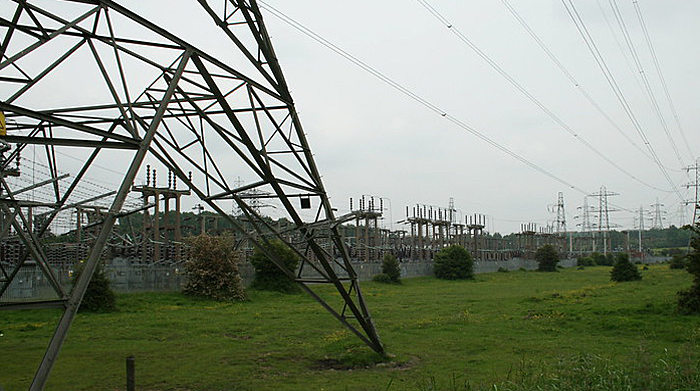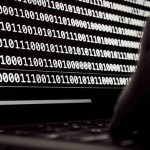Remote Monitoring Solutions for Power Plants and Substations

Image courtesy of h080 under Attribution-ShareAlike 2.0 Generic License, resized to 700 x 391 pixels.
It’s never been easier for utilities to collect real time operating data, thanks to the emergence of various remote monitoring solutions across the industry. These solutions, which generally encompass sensors, transmitters, data models, and similar technologies, help improve reliability by identifying problems early, before they can lead to a catastrophic failure.
The Nuts and Bolts of Remote Monitoring Solutions in the Utility Industry
First and foremost, according to this Power Magazine article, there are numerous benefits of deploying remote monitoring solutions. By identifying minor issues before they become major problems, asset lifecycles can be extended, resulting in a financial and reliability benefit. It also helps to reduce planned downtime, and facilitates more effective planning, forecasting, maintenance, and investment decisions.
The specific tools and methods that are needed to enable remote monitoring will largely depend on the type of asset being monitored, and what inputs are being measured. Users will need to determine specific ranges and parameters for what is being measured so that abnormal conditions can be flagged.
Note that whenever abnormal conditions are identified, further analysis incorporating elements like the asset’s age, historical data and its model will be required to determine the best course of action. And generally speaking, a best practice is to place the analysis tools as close to the data source as possible to facilitate the fastest and most accurate results.
Of course, like anything, remote monitoring solutions have pros and cons. As discussed, there are more pros than cons, but they are there. For one, these grid enhancing solutions are easier to hack, so they require beefed up cybersecurity protocols. In addition, these solutions are not completely automated and need to be properly monitored and managed, much of which requires advancing up a learning curve. And finally, they can be relatively expensive.
With that said, there are far more benefits associated with remote monitoring solutions than there are cons. And these benefits will likely become greater over time as the technology continues to evolve.



